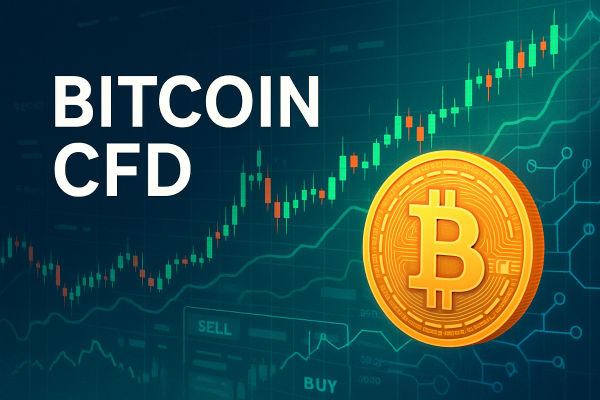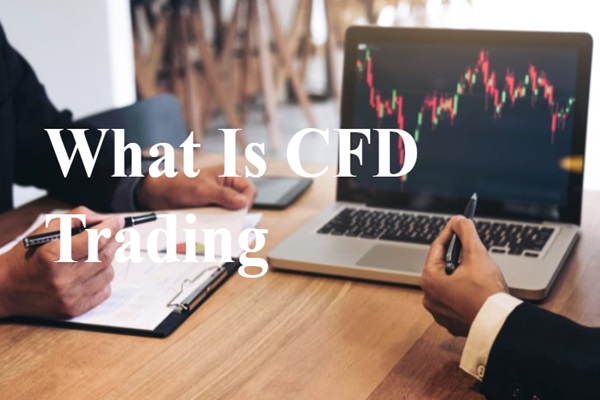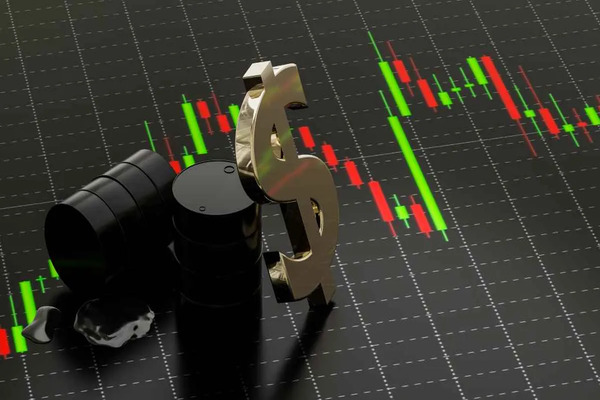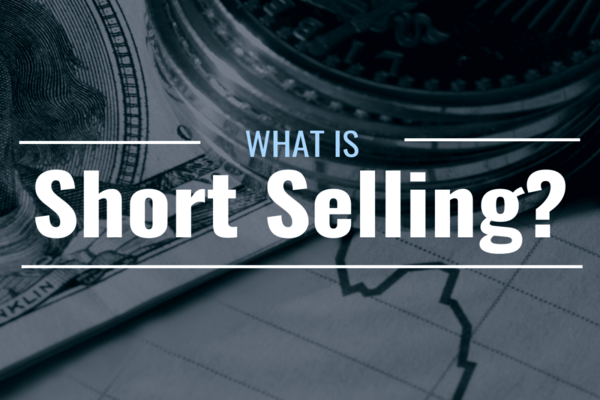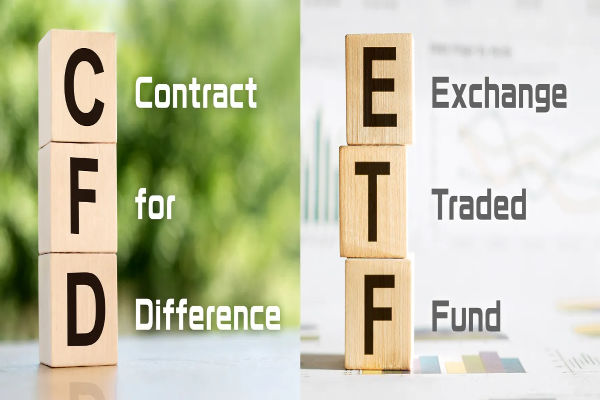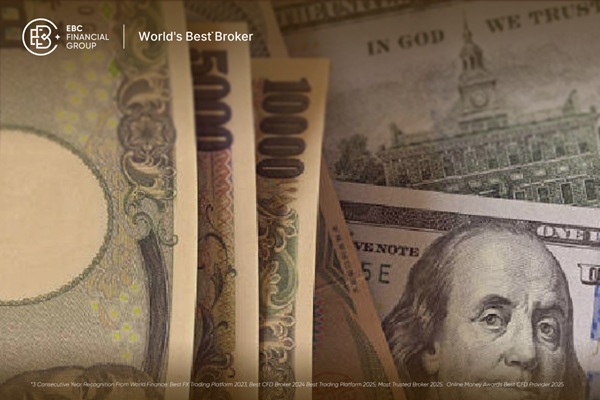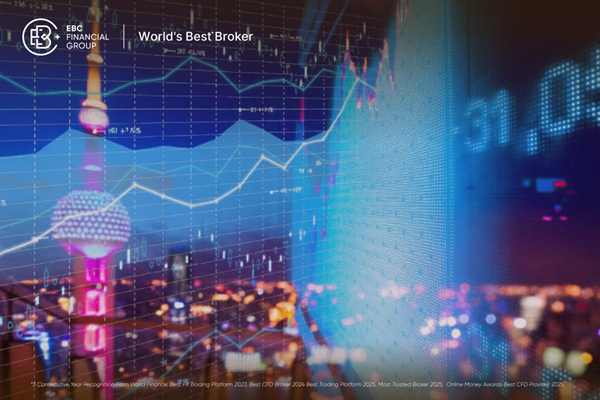The Contract for Difference (CFD) market is one of the fastest-growing segments in global trading. Rather than purchasing the underlying asset—such as a stock, commodity, or currency—CFDs let you speculate on price fluctuations without actual ownership. This makes the CFD market highly adaptable, allowing traders to profit from both upward and downward price moves.
However, flexibility brings intricacy. The CFD market introduces leverage, margin requirements, and unique risks that traders must grasp before engaging. This article offers a thorough examination of the CFD market, its mechanics, and what retail traders need to know to shape strategies and manage risk effectively.

What Is the CFD Market?
The CFD market is a financial marketplace where traders buy and sell contracts that mirror the price of an underlying asset. Instead of owning the asset, you trade a contract with your broker that reflects its current market value. If the asset rises in price, your contract gains value. If it falls, your contract loses value.
The popularity of the CFD market arises from its versatility. It offers access to diverse instruments—including forex, commodities, indices, shares, and cryptocurrencies—through a single trading account. For retail traders, this accessibility facilitates diversification and the pursuit of market opportunities.
How Does the CFD Market Work?
At its core, the CFD market operates on agreements between traders and brokers. When you open a CFD trade, you enter into a contract with your broker to exchange the difference in the price of an asset from the time the contract is opened to the time it is closed.
If you predict correctly and the price moves in your favour, the broker pays you the difference. If it moves against you, you pay the broker. The underlying asset is never owned, which reduces costs such as stamp duty in some jurisdictions and simplifies trading logistics.
One of the defining features of the CFD market is leverage. Brokers allow traders to open positions larger than their account balance by depositing only a margin. For example, with 10:1 leverage, a $1,000 margin allows control of a $10,000 position. While leverage magnifies profits, it also magnifies losses, making risk management crucial.
Why Traders Choose the CFD Market
The CFD market appeals to retail traders for several reasons. First, it allows speculation on both rising and falling prices. If you believe gold will increase in value, you can buy (go long). If you believe it will fall, you can sell (go short). This two-way flexibility makes CFDs more versatile than traditional investing.
Second, CFDs are leveraged instruments. Traders can open larger positions with relatively small deposits, magnifying potential returns. Third, CFDs provide global access from a single account, allowing traders to diversify across asset classes without opening separate brokerage accounts for stocks, commodities, and forex.
Risks of the CFD Market
While the CFD market provides opportunities, it also carries risks. Leverage is a double-edged sword, magnifying both gains and losses. Many retail traders underestimate this risk, leading to significant capital erosion.
Another risk lies in broker practices. Since CFD trading is conducted through brokers rather than central exchanges, the reliability of your broker is crucial. Trading with unregulated or fraudulent brokers exposes traders to manipulation, withdrawal restrictions, or even loss of funds.
Finally, market volatility is a constant risk. CFDs respond quickly to economic news, interest rate decisions, and geopolitical tensions. Without a robust risk management plan, traders can experience rapid losses.
Evidence of CFD Market Impact
The CFD market’s influence has grown significantly over the past two decades. Reports from global regulators show that CFDs account for a large share of retail trading volume in regions like Europe, Asia, and Australia.
During major events—such as Brexit, the Covid-19 pandemic, or US interest rate hikes—CFD trading volumes surged as retail traders sought to speculate on volatility. These episodes show how the CFD market acts as a barometer for global sentiment, allowing traders to express views on currencies, commodities, and equities simultaneously.
Building a CFD Market Strategy
A trader’s success in the CFD market depends on having a structured strategy. This involves defining goals, managing risk, and choosing the right instruments. Traders should decide whether they are short-term scalpers, medium-term swing traders, or long-term position traders. Each style requires different tools, stop-loss settings, and analysis methods.
Equally important is integrating both technical and fundamental analysis. Technical analysis helps with timing entries and exits, while fundamentals explain long-term direction. For example, a trader might use chart patterns to identify entry points in gold CFDs, while also considering how US inflation data could drive overall trends.
Psychology in the CFD Market
The psychological aspect of trading in the CFD market cannot be ignored. Traders often enter positions with optimism but fail to exit due to greed or fear. Without discipline, even the best strategy fails. A trading plan that specifies when to take profits and cut losses helps counter emotional decision-making.
Evidence from behavioural finance shows that traders often suffer from “loss aversion,” holding onto losing positions longer than winning ones. The CFD market, with its fast-moving nature, punishes this tendency. Disciplined adherence to a plan is therefore crucial.
Final Thoughts
A strong approach to the CFD market requires education, disciplined risk management, and a commitment to trading only with regulated brokers. With preparation and caution, retail traders can use CFDs as powerful tools for speculation and diversification. Without them, the same tools can quickly lead to financial loss.
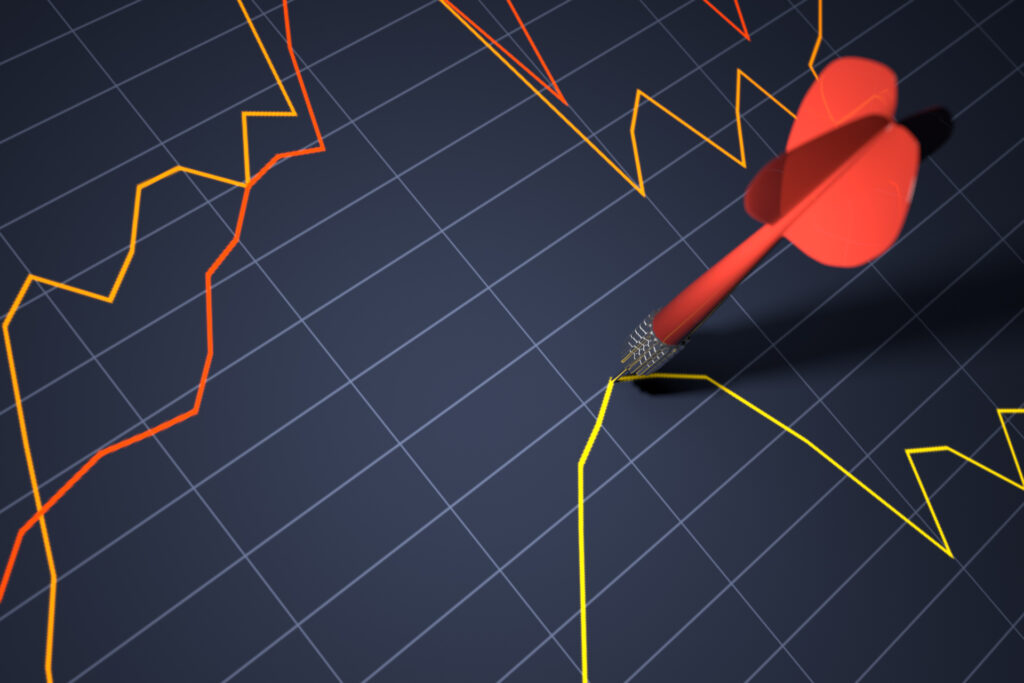
FAQs About the CFD Market
1. Is the CFD market suitable for beginners?
Yes, but only if beginners take time to learn how CFDs work and understand the risks of leverage. Starting with a demo account is recommended.
2. How does leverage in the CFD market work?
Leverage allows you to control larger positions with smaller deposits. For example, with 1:10 leverage, a $1,000 margin can control a $10,000 position.
3. Can I trade multiple asset classes in the CFD market?
Yes. CFDs cover forex, commodities, indices, shares, and cryptocurrencies, giving traders wide diversification from a single account.
Disclaimer: This material is for general information purposes only and is not intended as (and should not be considered to be) financial, investment, or other advice on which reliance should be placed. No opinion given in the material constitutes a recommendation by EBC or the author that any particular investment, security, transaction or investment strategy is suitable for any specific person.












